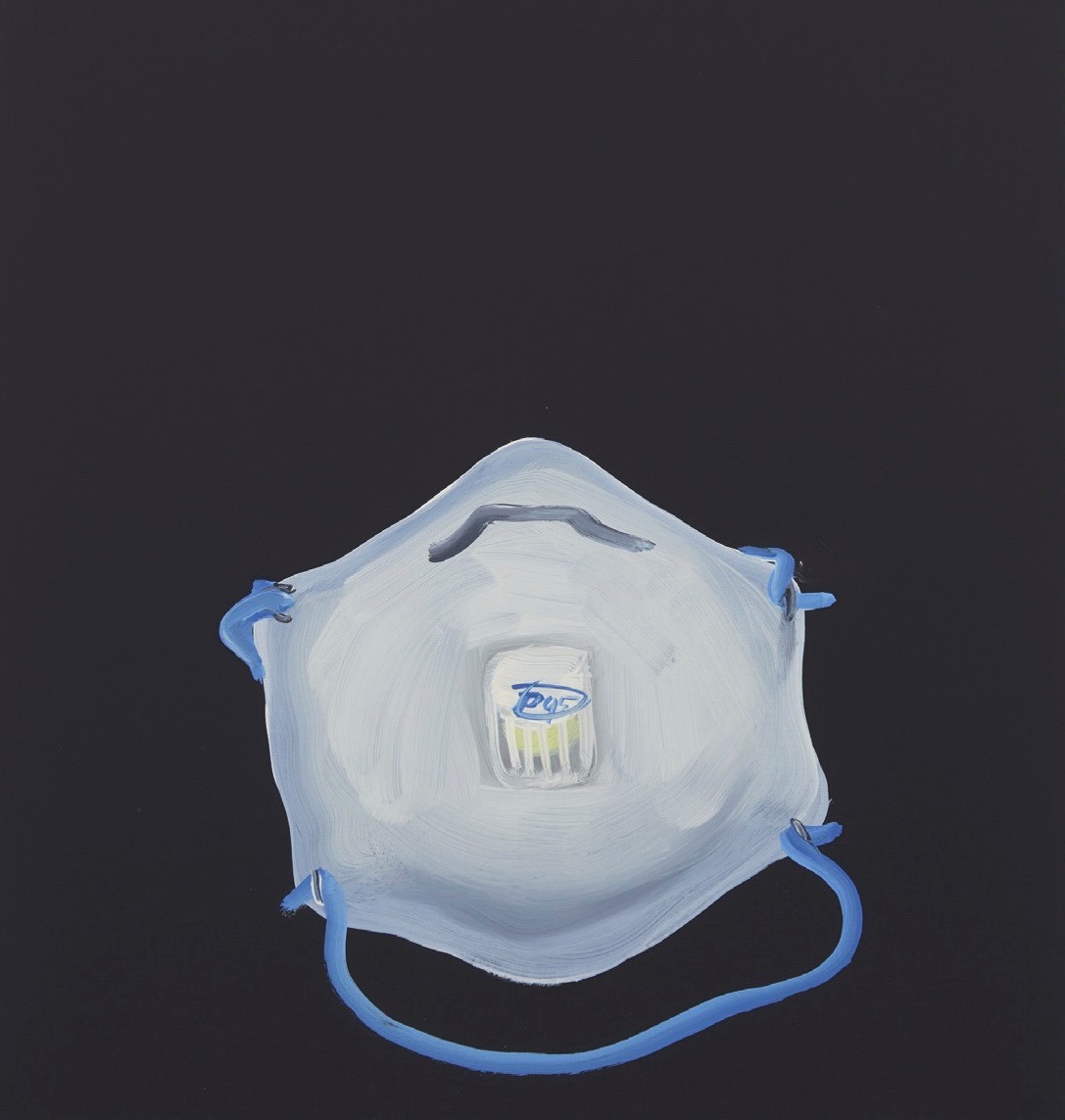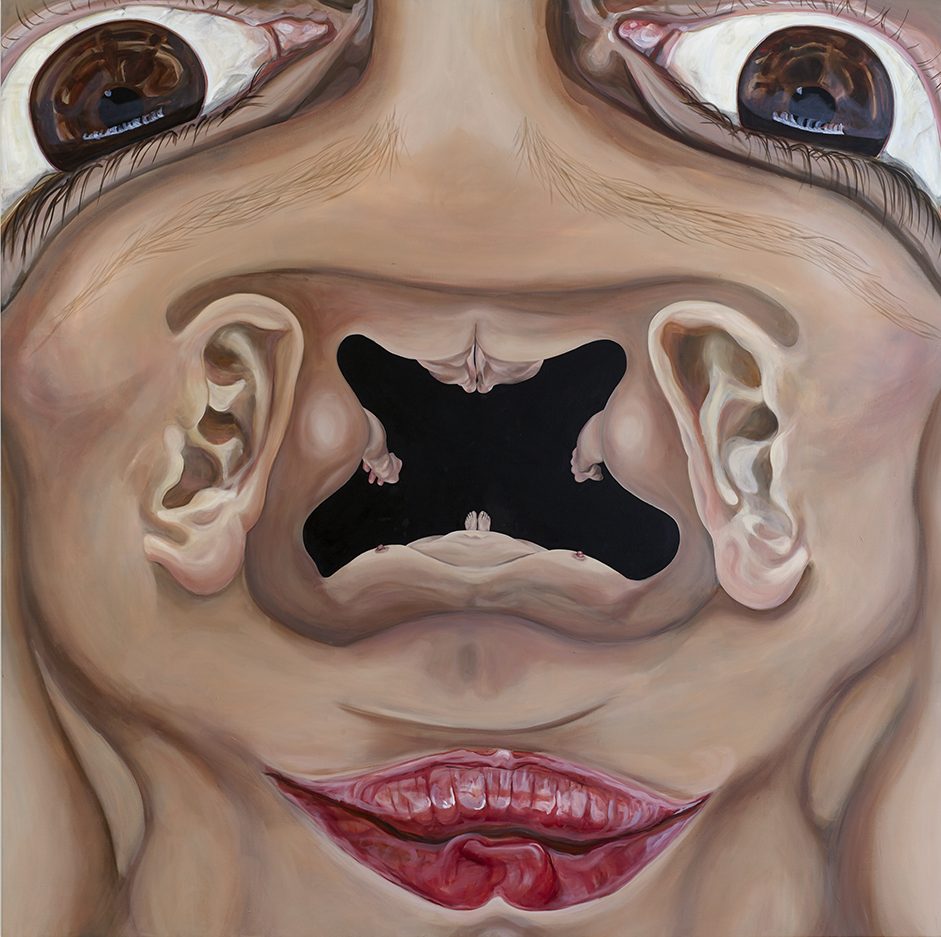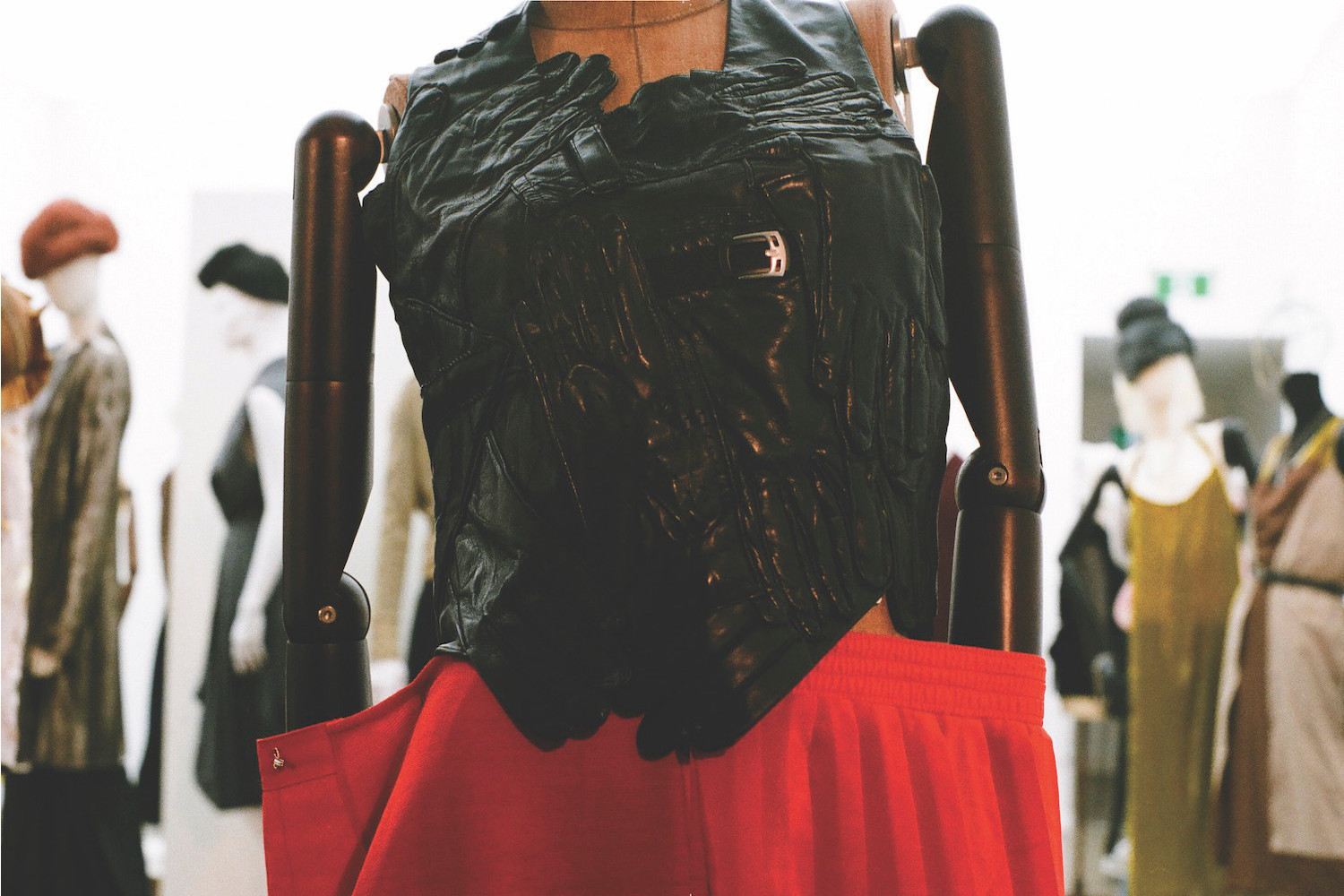On Monday, March 2nd, while having breakfast at the Hotel Albert 1er in Toulouse before running the workshop “Exposition collective pour un corps individuel” (Collective Exhibition for a Single Body)1 for students at the Institut supérieur des Arts, at the invitation of the artist Emilie Pitoiset, I happened upon the title of an article in the daily newspaper Libération that caught my eye: “Césars: désormais, on se lève et on se casse.” Loosely translated: “At the César [film awards ceremony] these Days, You Get Up and Walk Out.”2 According to the philosopher John L. Austin,3 the performative statement contrasts with the constative statement, which simply describes an action whose execution is independent of the statement.
So the performative statement is at once a linguistic manifestation and an act of reality.
Judith Butler came up with her “gender trouble”4 theory by drawing on the notions of performativeness put forward by Austin. Thus in the statement “I declare the session open,” which she borrows from the English philosopher to explain performativeness, there is no being; there is the speaker, acting as being; the session is not something that is, but something that becomes when the speaker expresses it. “Saying that the gendered body is performative means that it does not have any ontological status independently of the different acts which constitute its reality.”5 The Libération piece is by Virginie Despentes,6 and it addresses the performative act — incarnated in reality in the sense defined by Austin, contrasting with the constative statement — executed by the actress Adèle Haenel during this year’s César French film award ceremony. Her off-the-cuff gesture wound up the award-giving session by breaking with decorum. Based on that act of truth, Virginie Despentes brilliantly extends its cheeky elegance with her mastery of language. She proffers those words in her own vocabulary, taken from the reality of the daily diary, with the same somber clarity that Jean Genet would have used, here linking up with the latter’s mastery of language — that of a weapon aimed at the rulers who transfix minorities within foreclosed identities.
So I decided to make use of this as a way to begin my class at the school on the Quai de la Daurade — with a collective reading of that article. This also helped me to ground in reality my idea about the use of the score in the field of performance, in a time frame shared with those French art students, using a tangible example to underscore the difference from the theatrical libretto, whose principle, conversely, is to break from the continuum of day-to-day life. The “Collective Exhibition for a Single Body” score brings together an authorial collective wherein each person devises an instructive gesture or movement that a single body will easily, and without aiding and abetting, restore to the desired order, frequency, and tempo. This single body may just as well be that of the authors in question or that of third parties initiated in the activation of each gesture, based on the scores produced (instructions, visual or sonic notation, objects, materials, etc.) with this mediation in mind, but also for their own visual qualities, independent of their activations. In the case of the Toulouse workshop6 and the one held in Zagreb at the WHW Akademija,7 where I also developed this procedure — on that occasion with the choreographer Manuel Pelmus — group members activated their own gesture and all the other movements devised by their colleagues in the form of a polyphonic ballet recreated in the midst of a third-party audience, invited to attend the event. The “Collective Exhibition for a Single Body” score redirects the attention toward the place where the contributions that compose it are stated. The individual — the author of the contribution, the curator selecting it, the choreographer setting it in motion, the performer or dancer incarnating it, and last of all the witness attending its iteration — matters less per se.
What does in fact matter is the discourse involved, the place where it is stated, and how it is shared. The individual is just the punctuation of a statement, an enunciatory place.
It is in the place where a collective discourse (symmetry between protagonists) is combined with an individual (role reversibility) that a democratic art is expressed. “Collective Exhibition for a Single Body” was activated for the first time in Athens during documenta 14 (“The documenta 14 Score”),8 in that case with contributions from artists taking part in the international event, then a second time using artworks featured in the Kontakt Collection in Vienna (“The Private Score”).9 The score seeks to challenge the principle of the sovereignty of the single author casting accredited parts for each one of the protagonists making up the work: artist, producer, curator, choreographer, performer or dancer, and including the audience. On the other hand, this open score introduces a plurality of contributors and authors, a principle of equality among those making use of it as much as for those contemplating it, because the procedures forming it are accessible (whether exhibited or published) and tangible (non-virtuoso).
Everyone, witness and actor, can join in the activation in their own time and at their own pace; the separation is porous and fluctuates between those who act and those who feel, because they can switch their roles at will.
The gesture made by the actress Adèle Haenel, as described by Virginie Despentes, expands the break with the rules of etiquette dictated by the culture industry. It is like when Diogenes, the ancient Greek philosopher, was lying relaxing in the sun and was accosted by Alexander on horseback, asking him if there was any favor he might do him. Diogenes replied: “Yes, stand out of my sunlight.” Somewhere between the protagonists Caesar (César) and Adèle, Despentes updates the concept per-formed by the cynical philosopher. The writer depicts the effort of resistance in relation to the stalls in which the actress is sitting like an inert object, and her capacity to turn that space into an alternative stage where she expresses herself like an alert subject. The stage/auditorium separation collapses and the young woman revokes the sovereign power of the film academy — just as Diogenes does with regard to the imperial power of the Macedonian hero who draws up the rules of play and earmarks the winners. Once again like the cynical philosopher brandishing a kipper in the midst of the audience to put an end to the orator’s speech, Adèle Haenel unfurls her body, slumped in her spectator’s seat, and, in an anti-heroic movement makes for the theater exit.
The actress with her nimble body and the writer with her subtle rhetoric turns the rules of decorum upside down. The former appropriates the narrative structure of the TV program, divided between the stage (the officials), the auditorium (the happy few), and the street (TV viewers), to perform an alternative narrative instead of a scripted game. The latter keeps the acid tone of her vernacular language so as to act as the go-between for Haenel’s gesture and connote her verbal assaults on the clues of their social origin. Virginie Despentes, who hails from the working class, wields rhetoric as well as any senior civil servant, and sociological analysis as well as anyone with a PhD in social science, but she refuses to make use of this tone, for she is on the side of “the oppressed taking charge of the narrative of their ordeal.”10
Haenel and Despentes have problematized the awards ceremony in the sense that Foucault intends problematization: they have offered a response to that capitalistic and hetero-patriarchal ritual whose system is incarnated by an academy hierarchically organized into disciplines.
They thus each update, in their own way, an “ethics” that, according to Baruch Spinoza (1632–1677), asserts that “It is to slaves, not to free men, that one gives a prize to reward them for having behaved well.”11 In a single evening, this ceremony has in fact never brought together such a broad spectrum of minorities and oppressed people, people of color, North Africans, Jews, abused women, and people persecuted by pedophiles, all competing as victims. Despite this outstanding gathering, it was the rule of the rulers that was asserted when the award for best director went to Roman Polanski, facilitated by the most powerful producers. Because, as Despentes points out, “When you give a guy a budget of more than twenty-five million to make a TV film, the message lies in the budget.”12
Back in her day, Marguerite Duras was already saying that it was the money at your disposal for making a film that made the film political. It was precisely for political reasons that the Cahiers du Cinéma editorial board recently resigned in response to the magazine being taken over by a group of producers.13 The politics expressed for authors during the film academy ceremony is presented as a grammatical rule: the rule says do not muddle subject and predicate. This means that an actor can, by definition, play every manner of role, including a homosexual if he or she is heterosexual, and vice versa; on the other hand, morality dictates the distinction between his or her private life and their work. As far as the work is concerned, the “male gaze” — a concept defined by Laura Mulvey in 1975,14 whereby the man, as the active character driving the narrative, is the onlooker, casting his eye, and the woman (but this goes for all other minorities as well), the passive female character, reduced to the status of an icon or “raw material,” is the object of the man’s gaze — invariably keeps its hegemony as white subject. During this ceremony, moreover, that pale Western face multiplied the predicates with minority or queer connotations in order to create confusion. If, at times, it is the oppressed who organize themselves as a subject, as is the case with Ladj Ly’s film Les Misérables,15 whose subject is French sub-urbs as seen from those banished places and by those who live in them, this must remain on the side-lines. There are two opposing camps here, underscoring their attachment or their opposition to the distinction that must be made between work and author. The first camp reckons that the work must be considered by separating it from the author’s personal biography; the second claims that it is not possible to ignore the latter. Roman Polanski himself staged the preparation of his film J’accuse by mak-ing the link between the Dreyfus affair and his own status as someone indicted for offences involving rape (the press release promoting the film makes reference to as much16), so he himself has chosen to muddle subject and predicate, in contradiction of his supporters trying to keep the two apart.
Adèle Haenal’s gesture has thwarted this strategy by reiterating, through her performance, the confusion be-tween subject and predicate, but from the viewpoint of the prey, having herself once been an acknowledged victim of child sexual abuse but who is now an actress acclaimed by the profession.
She brings to the fore the fictional game of the filmmaker who identifies himself turn by turn with Dreyfus and Zola, thus discrediting his relation to the reality of the facts.
As Virginie Despentes, who would be better compared with the Zola of L’Assommoir (The Dram Shop), underscores when she addresses members of the academy in the matter of the award given to the director: “Your pleasure lies in predation, it is the only way you understand style.”17 The performative statement is at once a linguistic manifestation and an act of reality and truth; it muddles subject and predicate, breaking with a system of hetero-patriarchal sovereignty based on masquerade, the separation of class and gender, and the division of labor. Just like Adèle Haenel’s act and Virginie Despentes’s narrative, the “Collective Exhibition for a Single Body” performance score is on the side of realism. These forms of action and writing introduce a link between subject and predicate; between the subjectivity of the individual and the reality and truth of his/her act. This score consequently proposes a “conduct of conduct”18 that multiplies gazes (the artist’s gaze, the choreographer’s gaze, the performer’s gaze, the audience’s gaze, etc.) within a collective work whose parts hold on to their own sovereignty but are pluralized within an open ensemble.
The curatorial gaze consequently becomes a new paradigm available for all creative people.18
Whether professional or amateur, occasional or experienced, the latter are in any event capable of breaking with the predatory principle of the traditional author who appropriates resources without acknowledging or promoting his sources. The curatorial gaze, on the other hand, proposes a posture that displays the collective and individual movement of a multi-subjectivity.




